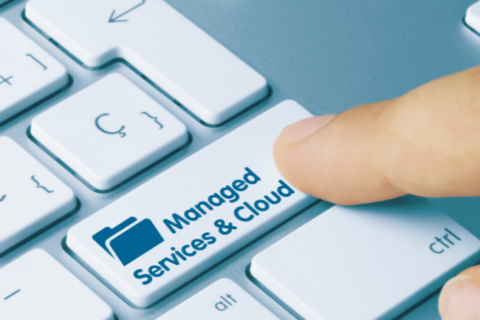How to Avoid a Forklift Upgrade in Technology
Technology is a big investment for any business and upgrades are critical to staying ahead of the competition, improving efficiencies, and minimizing down time. In this article, we’ll explore the best practices for staying on top of technology without going through the painful process of a forklift upgrade.
What is a Forklift Upgrade in Technology?
In the tech industry, the term “forklift upgrade” refers to some really heavy lifting (pun intended) and describes a major overhaul to a system, process, or network! This can happen when a business is considering a large-scale upgrade that may impact a large portion of the business’ technology, operations, or end users. It can include overall network infrastructure, hardware, software, multiple platforms, and the integration of data across those platforms.
Examples of a forklift upgrade may include moving a business from on-site hardware and equipment to virtual services like data centers or virtual private servers or infrastructure as a service (IaaS). It can also include upgrading an existing PBX telephone system to VOIP. And, in today’s hybrid workforce, it may include implementation of more cloud services to accommodate ‘in-office’ and ‘virtual workers.’
Since forklift upgrades are time and resource intensive, they often require help from outsourced providers. In addition, if a forklift upgrade goes south, your users may be down, and your business operations halted. So, when possible, a forklift upgrade should be avoided…but how?
An Ounce of Prevention is Worth a Pound of Cure
There are a lot of ways to avoid a forklift upgrade but the best approach is to create a long-term strategy with a technology advisor that can help you plan for current and future needs.
It’s important to note that while many businesses are now utilizing the cloud for a variety of services, this is not a solution or strategy to avoid a forklift upgrade. After all, what happens if you decide to change cloud service providers? You’ll want to ensure that your data, software, and users are migrated efficiently.
In addition, your network and infrastructure should be analyzed regularly for current needs, as well as peak demand. Upgrading these systems and integrating them with your processes requires a strategic approach.
Horizontal vs. Vertical Scaling
When forecasting the future, a crystal ball can be helpful, but a valued strategic technology partner may be a better option. No business can precisely determine the capacity required to run your network in all scenarios – the pandemic is one example. Many organizations will do well to consider the impact of horizontal vs. vertical scaling. We’ll explore this topic in more detail in a future article, so stay tuned.
By taking a holistic approach to technology, you can migrate technology thoughtfully with minimal growing pains for your staff, network, and budget. Over time, a forklift upgrade may be necessary, even with the best strategy, but planning ahead is key. If you’re looking for a technology partner that can help, contact the specialists at Conscious Networks. We’ve been helping business migrate and upgrade technology for over 20 years.



